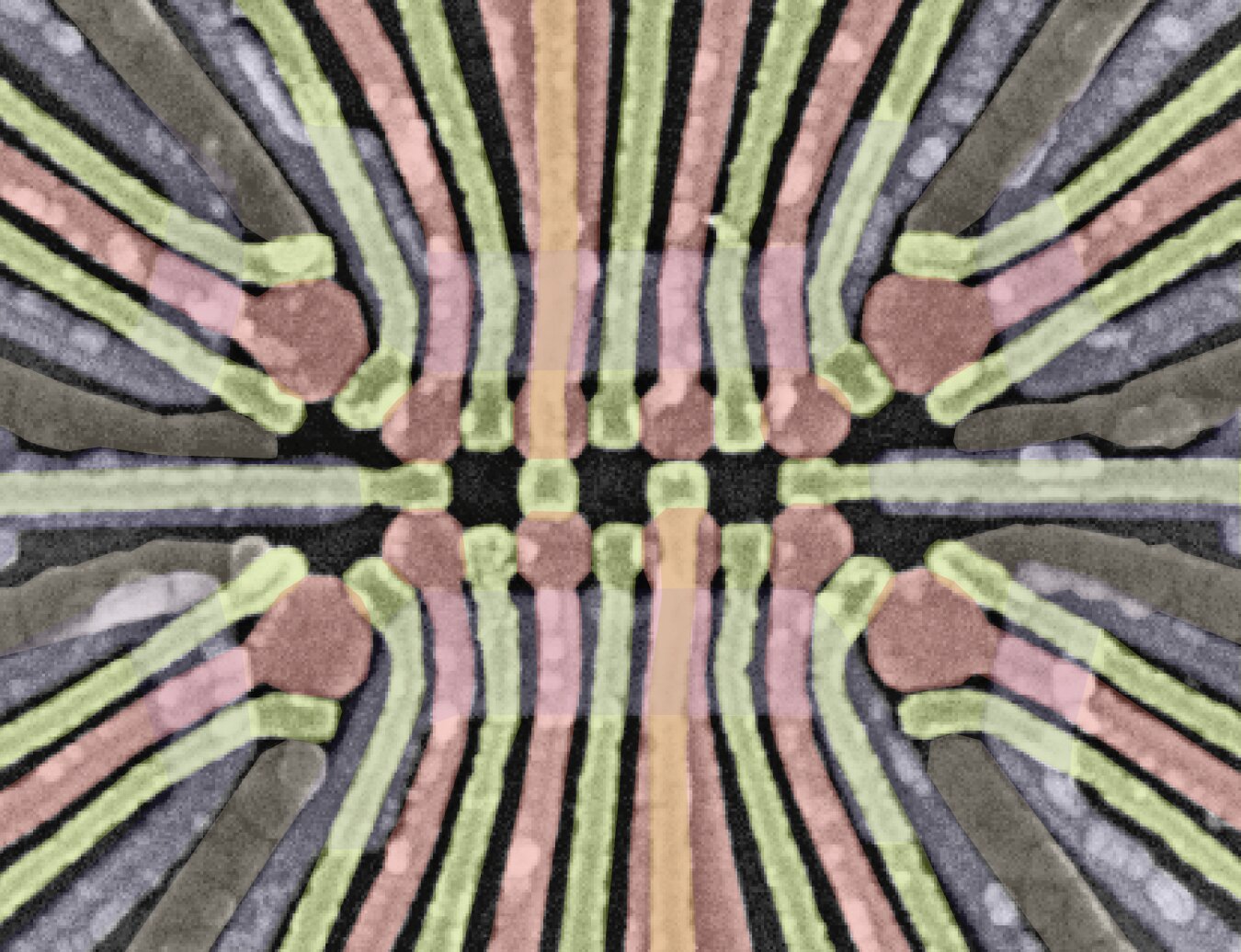Breakthrough in Quantum Computing: Universal Control of Four Singlet-Triplet Qubits Achieved
Researchers at TU Delft Pave the Way for Reliable and Highly Performing Quantum Computers
Being able to precisely manipulate interacting spins in quantum systems is crucial for the development of reliable and highly performing quantum computers. This challenge has been particularly daunting for nanoscale systems featuring multiple spins, based on quantum dots—tiny semiconductor devices. A recent breakthrough by researchers at Delft University of Technology (TU Delft) has successfully demonstrated the universal control of a quantum dot-based system with four singlet-triplet qubits, as published in the esteemed journal Nature Nanotechnology.
The Quest for Universal Control
“We were initially focused on tuning up and calibrating the exchange interaction between all neighboring spins in a 4×2 quantum dot array, with one spin per dot,” explained Lieven Vandersypen, senior author of the groundbreaking paper, in an interview with Phys.org. “Through time domain measurements, we unexpectedly achieved universal control of four so-called singlet-triplet qubits—joint states of two spins. Our next step involved meticulously benchmarking the quantum operations and generating entanglement across the qubit array.”
A Leap Forward in Quantum Dot-Based Systems
Prior to this study, the quantum physics and engineering community had only managed to attain universal control of systems with up to two interacting singlet-triplet qubits. The achievement by Vandersypen and his colleagues marks the first successful control over a larger quantum dot-based system, comprising four singlet-triplet qubits.
Understanding the System: Singlet-Triplet Qubits and Quantum Gates
- Qubit Composition: Each qubit in the system consists of two spins.
- Single-Qubit Operations: Controlled by baseband voltage pulses, these operations toggle the spin-spin exchange interaction between two different values, corresponding to two distinct qubit rotation axes.
- Two-Qubit Gates: Activated by the exchange coupling between spins belonging to different qubits, also utilizing gate voltage pulses.
The Experimental Setup: A Quantum Dot Ladder
The researchers’ innovative system is built around a 2 x 4 array of germanium quantum dots, forming a quantum dot ladder. By meticulously controlling the exchange interaction between each pair of spins along the ladder’s rungs, the team initially mapped out the system’s qubit energy spectrum.
Key Achievements:
- Universal Control: Realized by pulsing both the detuning and tunneling barriers of the corresponding double quantum dot for each qubit.
- Quantum Gate Breakthrough: Concurrent control of these barriers in neighboring qubits led to the attainment of a quantum gate that swaps information between qubits in a pair (akin to a two-qubit SWAP-style gate).
“When operating this device, all eight spins participate in the quantum coherent time evolution, the highest number so far in semiconductor quantum dot arrays,” added Vandersypen. “Our findings underscore the potential of the singlet-triplet qubit. With single-qubit operations already exhibiting a fidelity above 99%, a pivotal next step would be to demonstrate that the two-qubit gate can also be performed with a fidelity above 99%.”
Implications and Future Directions
This pioneering work by Vandersypen and his colleagues introduces a promising approach for achieving universal control of germanium quantum dot-based systems with four singlet-triplet qubits. Future enhancements to this method could enable the precise manipulation of even larger nanoscale quantum systems, potentially allowing physicists to:
- Reliably Simulate Complex Phenomena: Including quantum magnetism.
- Inform the Development of Advanced Quantum Information Systems.






